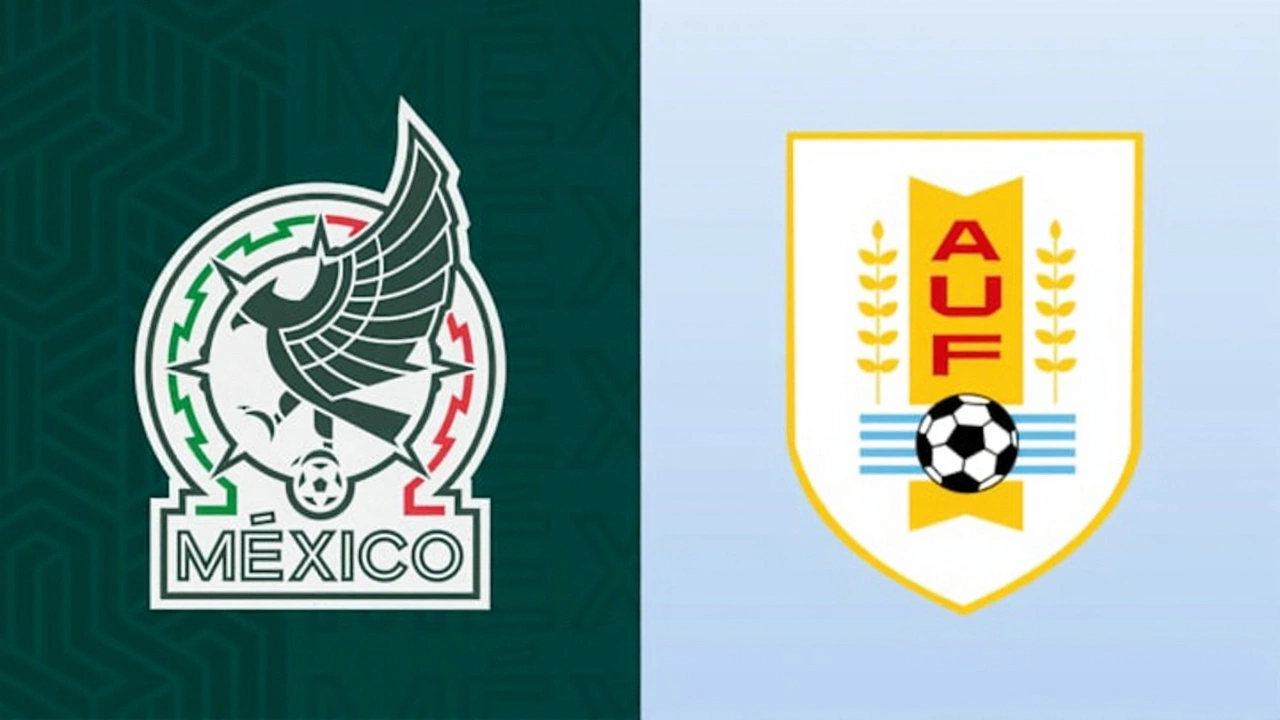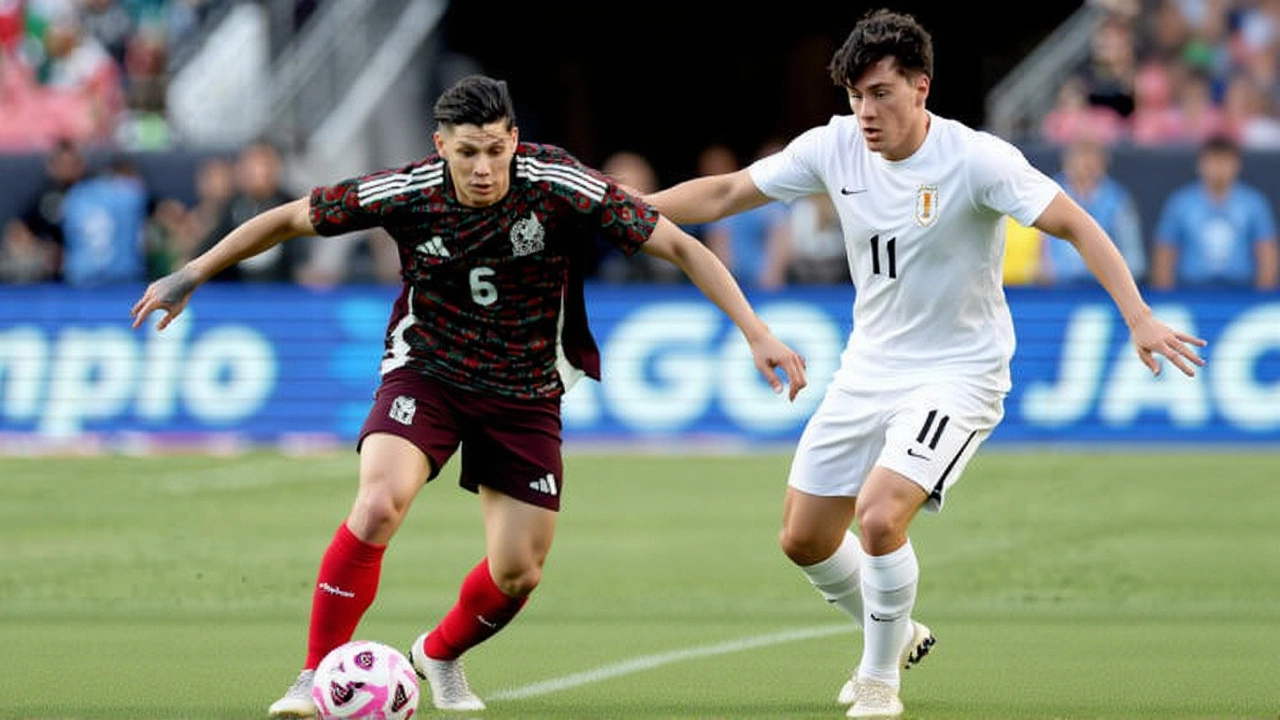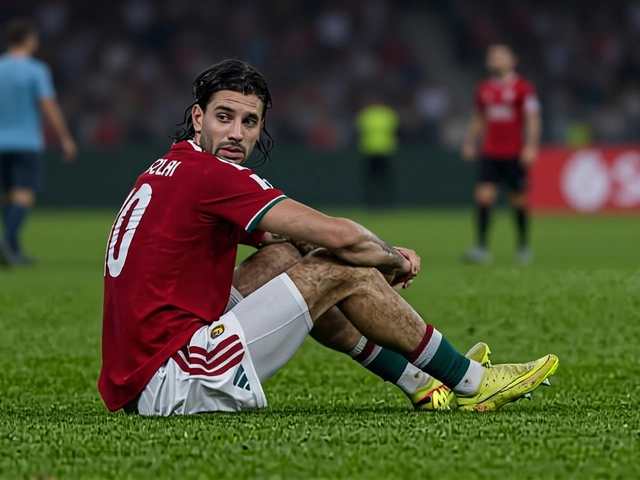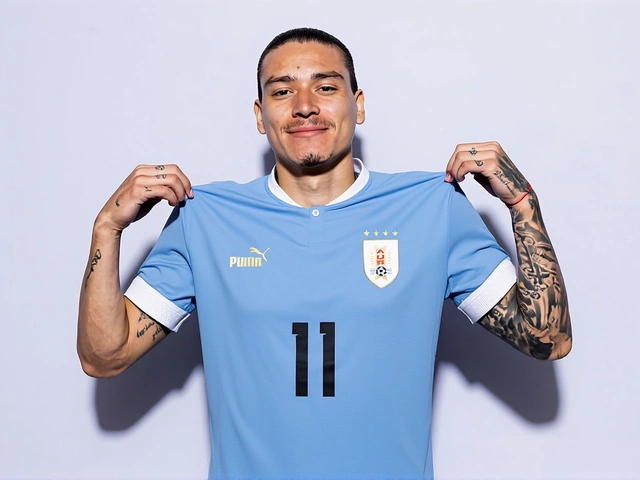When Marcelo Bielsa unveiled Uruguay’s squad for the November 2025 friendlies, he didn’t just pick players—he planted flags for the future. The 69-year-old tactician, who’s led the Uruguay national football team since 2023, announced a blend of hardened veterans and rising stars for two critical tests: a November 15 clash with Mexico at TSM Corona Stadium in Torreón, and a November 18 showdown with the United States Men's National Team at Raymond James Stadium in Tampa. These aren’t exhibition games. They’re dress rehearsals for the 2026 FIFA World Cup, set to begin next summer across North America.
Why These Matches Matter More Than They Appear
Both Uruguay and Paraguay have already qualified for the 2026 World Cup, finishing fourth and sixth in CONMEBOL qualifying. That means Bielsa’s squad won’t be playing for survival—it’ll be playing for evolution. With the tournament expanding to 48 teams, the pressure isn’t just about winning. It’s about testing systems, integrating new blood, and building chemistry under real conditions. The U.S., meanwhile, is using this as its final camp before next summer. After a gritty 2-1 comeback win over Australia, coach Mauricio Pochettino is sifting through 25 names to find the right blend of MLS talent and European-based stars.
And then there’s the twist: Obed Vargas, the 20-year-old Sounders FC midfielder from Alaska, has been called up to the Mexico senior team. Vargas, who made his debut last October against the U.S., has started all 40 of his club appearances this year, chipping in six goals and six assists. His inclusion isn’t just a feel-good story—it’s a signal that Mexico’s coaching staff sees him as part of their long-term midfield core.
The Squad: Tradition Meets Transition
Bielsa’s list, though not fully official, leans heavily on the spine of Uruguay’s last great generation. Goalkeepers Santiago Mele (26), Fiermarín (25), Israel (23), and veteran Rochet (30) form a layered net. Behind them, the defense looks anchored by Ronald Araújo and José María Giménez, the same duo that held firm during Uruguay’s 2010 fourth-place run.
Midfield is where the future is being forged. Rodrigo Bentancur, now at Tottenham Hotspur, is the heartbeat—his passing range and defensive discipline make him indispensable. Alongside him, Giorgian de Arrascaeta (Clube de Regatas do Flamengo) brings flair, while Brian Rodriguez (Club América) offers pace and physicality. The predicted 4-3-3 formation suggests Bielsa wants control, not chaos. But don’t be fooled: this isn’t a defensive setup. It’s a launchpad.

The Stakes for the U.S. and Mexico
The United States Men's National Team has 11 MLS players on its 25-man roster—proof that domestic talent is no longer an afterthought. But they’re up against a side that’s won two World Cups (1930, 1950) and finished on the podium three times since 2010. Uruguay’s trophy count, as of 2025, trails only Argentina’s in international football. That’s not just history—it’s a psychological weight the U.S. must overcome.
For Mexico, the match against Uruguay is a litmus test. Their own squad includes veterans like Hirving Lozano and emerging names like Vargas. Facing a team with Uruguay’s pedigree—especially in a hostile environment like Torreón—is exactly the kind of pressure-cooker experience they need before hosting World Cup matches in 2026.
What’s Next? The Road to 2026
These friendlies are the final calibration before the World Cup. For Uruguay, it’s about fine-tuning a system that’s worked for decades but needs fresh legs. For the U.S., it’s about proving they can compete with elite South American sides on neutral ground. And for Mexico, it’s about showing their new generation can handle the heat.
Bielsa, famously intense and detail-obsessed, won’t say it outright—but you can see it in his choices. He’s not just preparing for a tournament. He’s preparing for legacy. The 2026 World Cup won’t just be hosted by North America. It’ll be defined by how these nations rise to the moment.

Background: Uruguay’s Legacy on the World Stage
Uruguay’s football pedigree is unmatched in South America outside of Argentina. Their 1930 World Cup win was the first in history. In 2010, led by Luis Suárez, Diego Forlán, and Edinson Cavani, they reached the semifinals—losing only to the Netherlands in a match remembered for Suárez’s handball on the goal line. Four years later, in 2014, they made it to the quarterfinals. But in 2022, the curtain fell early: a 0-0 draw with South Korea, a 2-0 loss to Portugal, and a 2-0 win over Ghana weren’t enough. It was their first group-stage exit since 2002.
Now, with a new generation stepping up, Bielsa’s challenge is to blend the grit of Uruguay’s past with the fluidity of modern football. The November friendlies aren’t just warm-ups—they’re the first public draft of that new vision.
Frequently Asked Questions
How does this affect Uruguay’s chances in the 2026 World Cup?
Bielsa’s squad selection signals a deliberate transition: blending experienced defenders like Araújo and Giménez with younger midfielders like Bentancur and de Arrascaeta. This balance is crucial—Uruguay’s past success relied on physicality and organization, but modern tournaments demand technical adaptability. If these friendlies reveal cohesion in midfield transitions and pressing intensity, Uruguay could be a dark horse in Group C, which includes Spain, Croatia, and Costa Rica.
Why is Obed Vargas’ call-up to Mexico significant?
Vargas’ inclusion marks a turning point for Mexican football: the rise of homegrown talent from the U.S. academy system. As a 20-year-old Alaska native who’s started every club match in 2025, his selection shows Mexico’s coaching staff is prioritizing form over geography. His ability to dictate tempo from deep midfield could be vital in tight World Cup games, especially against high-pressing teams like Uruguay or Spain.
What’s the significance of playing these matches in Mexico and Florida?
Playing in Torreón and Tampa gives all teams a taste of real World Cup conditions—travel, time zones, and crowd pressure. For the U.S., hosting Uruguay in Tampa means facing a team that’s historically thrived in away matches. For Mexico, playing Uruguay in a smaller, loud stadium like TSM Corona simulates the intensity of hosting World Cup games in cities like Monterrey or Guadalajara. These aren’t neutral venues—they’re psychological battlegrounds.
How does Bielsa’s coaching style influence Uruguay’s preparation?
Bielsa’s system is built on relentless pressing, positional discipline, and high-intensity transitions—hallmarks of his time at Leeds United and Marseille. He’s not just selecting players; he’s selecting for stamina and mental resilience. The fact that he’s mixing European-based stars with domestic league performers suggests he’s testing whether Uruguay’s identity can survive without relying solely on its traditional La Celeste core. If this squad can execute his methods under fatigue, they’ll be dangerous in the knockout rounds.
Is Uruguay’s second-place ranking in international trophies still accurate as of 2025?
Yes. As of 2025, Uruguay holds 15 major international trophies, including two World Cups, 15 Copa América titles, and Olympic golds from 1924 and 1928. Only Argentina (18 major titles) has more. This isn’t just nostalgia—it’s a cultural standard. Bielsa knows his squad carries the weight of that legacy, and every training session is an opportunity to honor it, not just compete.
What happens if Uruguay loses both friendlies?
Losses wouldn’t be catastrophic—these are friendlies, after all. But they’d raise questions about tactical readiness. A defeat to the U.S. in Tampa, especially, could signal a gap in midfield control against high-pressing teams. Bielsa might respond by accelerating the integration of younger players like Israel or Brian Rodriguez. The real test isn’t the scoreline—it’s whether the team looks like it’s evolving, not just repeating the past.








Write a comment